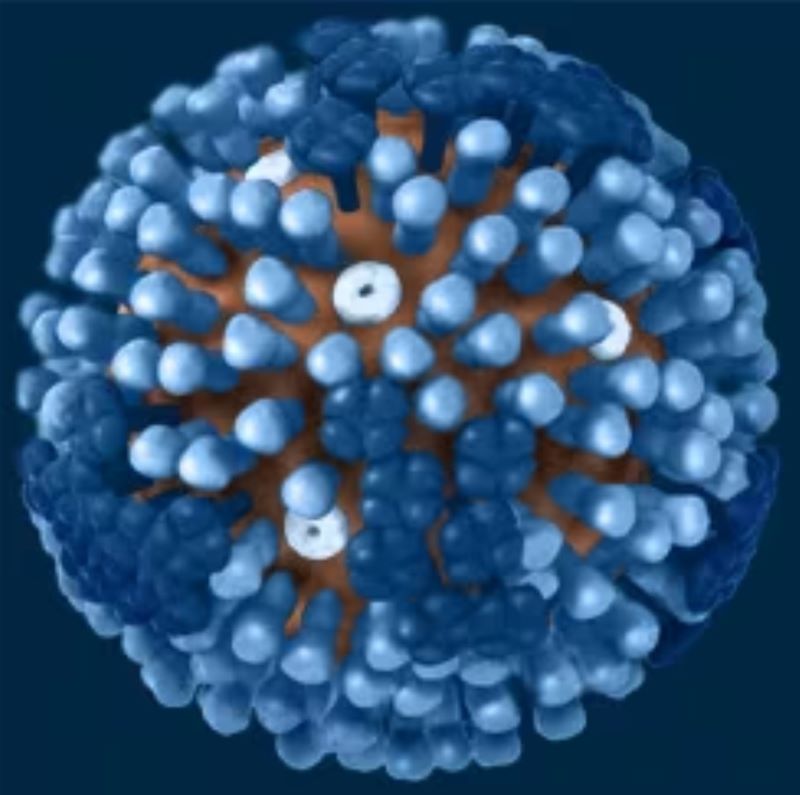A nanometer is a unit of length equal to one billionth of a meter, or 0.000000001 meters. To put it in perspective, a nanometer is incredibly small. For example, the width of a DNA double helix is approximately 2 nanometers, and the diameter of a typical virus particle ranges from about 20 to 400 nanometers. Nanotechnology deals with structures and devices on the scale of nanometers, showcasing the precision and minuteness of this unit of measurement.

Nanometers play a crucial role in chip manufacturing, particularly in the fabrication of integrated circuits (ICs) or microchips.
- Miniaturization: The primary goal in chip manufacturing is to pack more transistors and other components onto a single chip to improve performance and functionality. Nanometer-scale processes enable manufacturers to create smaller features, allowing for higher transistor density and more efficient use of space on the chip.
- Lithography: Nanometer-scale lithography techniques are used to pattern the various layers of the chip. Techniques such as photolithography, electron beam lithography, and extreme ultraviolet lithography (EUV) are employed to create intricate patterns with features as small as a few nanometers.
- Transistor Fabrication: The individual transistors that make up a chip are typically fabricated using nanometer-scale processes. This involves depositing and etching thin layers of materials such as silicon, silicon dioxide, and metal to create the necessary structures with dimensions on the order of nanometers.
- Interconnects: Nanometer-scale interconnects are used to connect different components and layers within the chip. These interconnects are typically made of copper or other metals and are patterned using advanced lithography techniques to minimize resistance and capacitance, improving signal transmission and reducing power consumption.
- Dielectric Materials: Dielectric materials with nanometer-scale thicknesses are used to insulate and isolate different parts of the chip, reducing crosstalk and interference between components.
Overall, nanometer-scale manufacturing processes enable the creation of smaller, faster, and more energy-efficient chips, driving advancements in technology across various industries.
